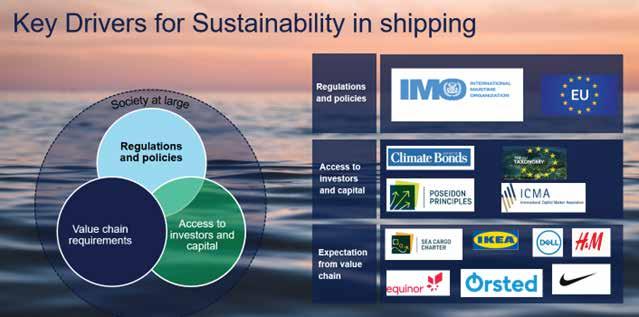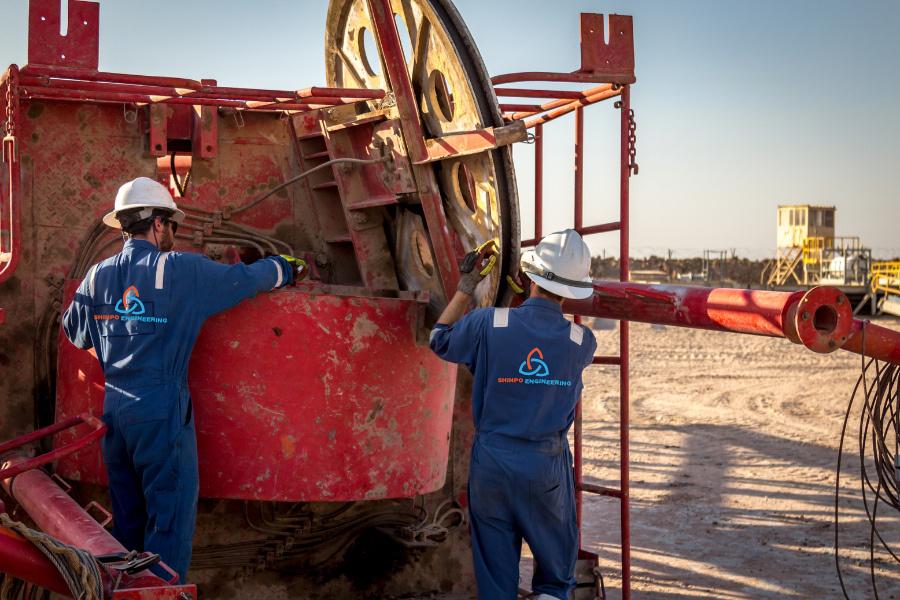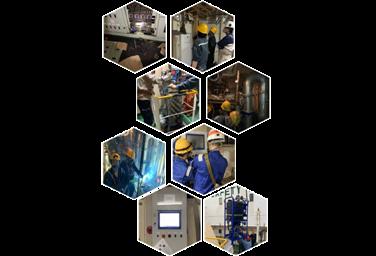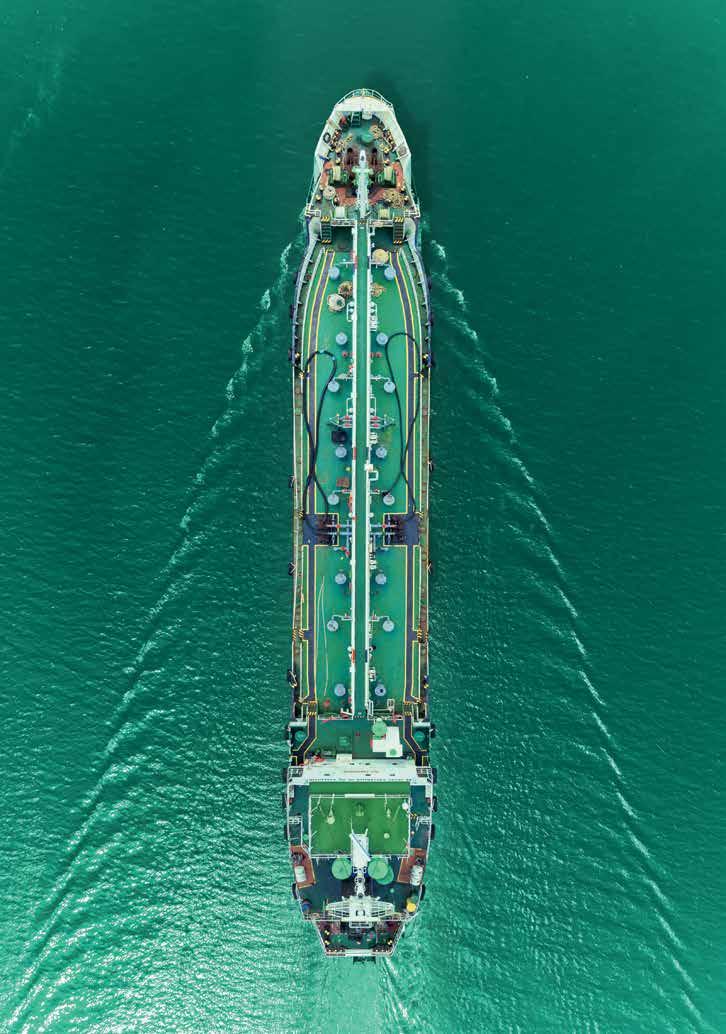
2 minute read
ESG
In the Maritime Sector
By Jonathan Abrahams | DNV
Advertisement
The shipping industry is experiencing an increased attention towards ESG and decarbonisation from multiple stakeholders like regulators, financiers, and cargo owners. There is a demand for a fact-based scientific disclosure of your sustainability story.
In this context the maritime sector needs a broad range of services related to Environmental, Social and Governance (ESG). These are typically integrated with the decarbonization journey and include ESG and decarbonization strategies, ESG framework development, implementation of operational and technical measures, ESG KPIs, ESG due diligence and ESG reporting.
ESG – What does this mean to Maritime

On the back of the ever-changing climate crisis, how companies respond to this will be decisive for their survival in
Key Drivers for Sustainability in
business. This is because there are now many more interested parties - those that have an opinion or can affect decisions that directly effect ship design, construction, ownership, financing and operation.
• E (environment) is typically the easiest to define and scope, such as AER / CII and waste, and is also most typical of what companies report under their ‘sustainability’ title
• S (social) covers a wide range of ‘people’ focussed topics including those related to safety, training and community engagement. Much of the data that is reported under this scope are also routinely collected but is not always highlighted (usually because ‘it is not material to our operation’)





• G (governance) captures policies, procedures and programs that set the rules under which the business operates. This includes regulatory, ISO-standards, and things like whistle-blower / information security structures.
What is Business as Usual
ESG is often referred to as ‘Sustainability’ which is possibly easier to understand about what the objectives are and what should be included. Of course, it is important to always keep in mind that remaining a viable (financial) business should be number one priority!
However, with IMO and EU and many regional port states reacting in different ways to the increasing attention from the public (for example, addressing noise in a port area, or shareholders protesting against the fossil fuel sector or banks insisting on borrowers to provide emission data each year) it is making it almost impossible to state what is ‘usual’ anymore.
What can be guaranteed, is that this topic and all that it can entail, will change constantly - supporting the premise that the new BAU is ‘ Business Unusual ’.

How to start

As described above, most companies already have many of the ingredients for an ESG program that can be reported. But knowing what is missing or what can be improved requires a little more effort. The following four stages provide a framework to confirm what you have and identify and plan for what you do not.
1. Company ESG/Sustainability maturity and gap analysis
2. Develop/confirm ESG strategy including selection of KPIs and targets
3. Reporting framework established, trialled (and iterated through experience)
4. Actively using ESG framework to enhance business outcomes including continual improvement
What describes a good ESG partner?
• Maritime industry insights and deep technical domain knowledge

• Ability and track record in navigating continuously changing environmental regulations and support in managing risk
• Long-standing corporate ESG experience and expertise in managing risks related to ESG such as pollution, safety and new or stricter KPIs from stakeholders such as banks and cargo owners
• Next stage integrated ESG audit capability that can help link ISM, MLC, ISPS, ISO and ESG into one management system ▄












